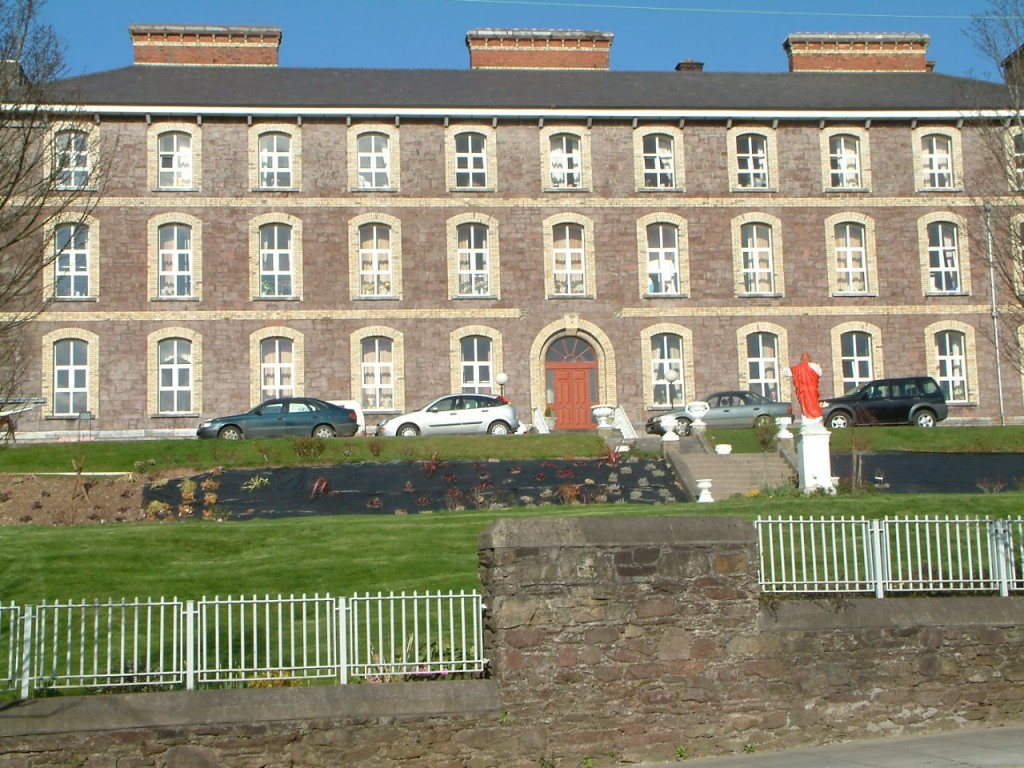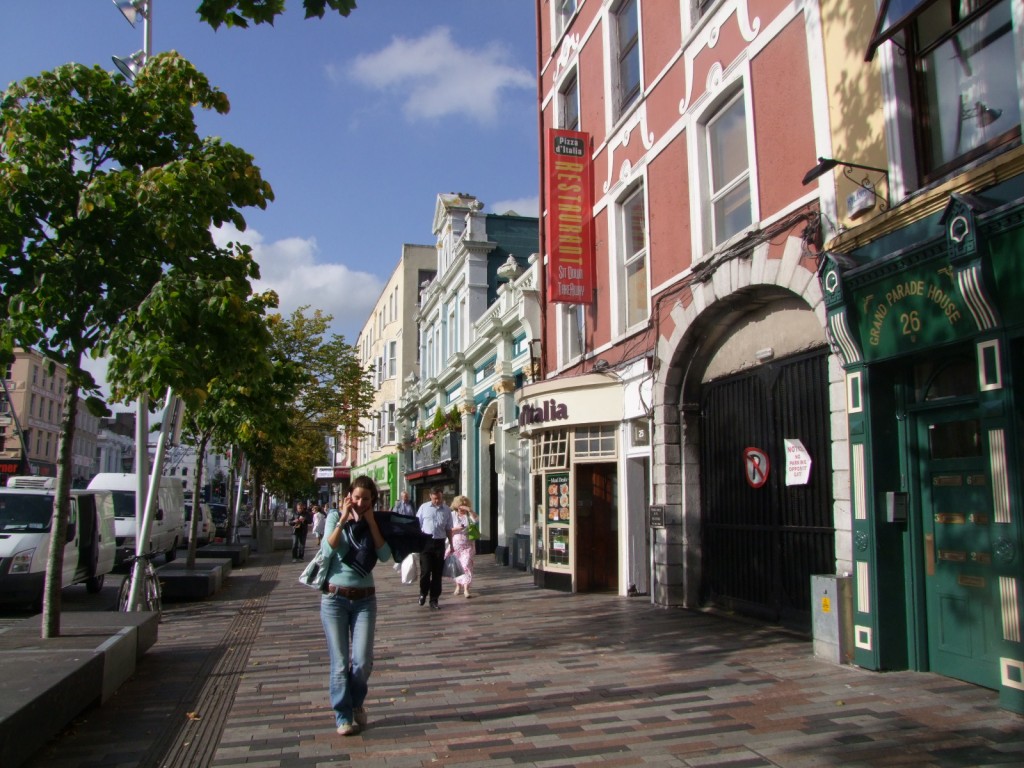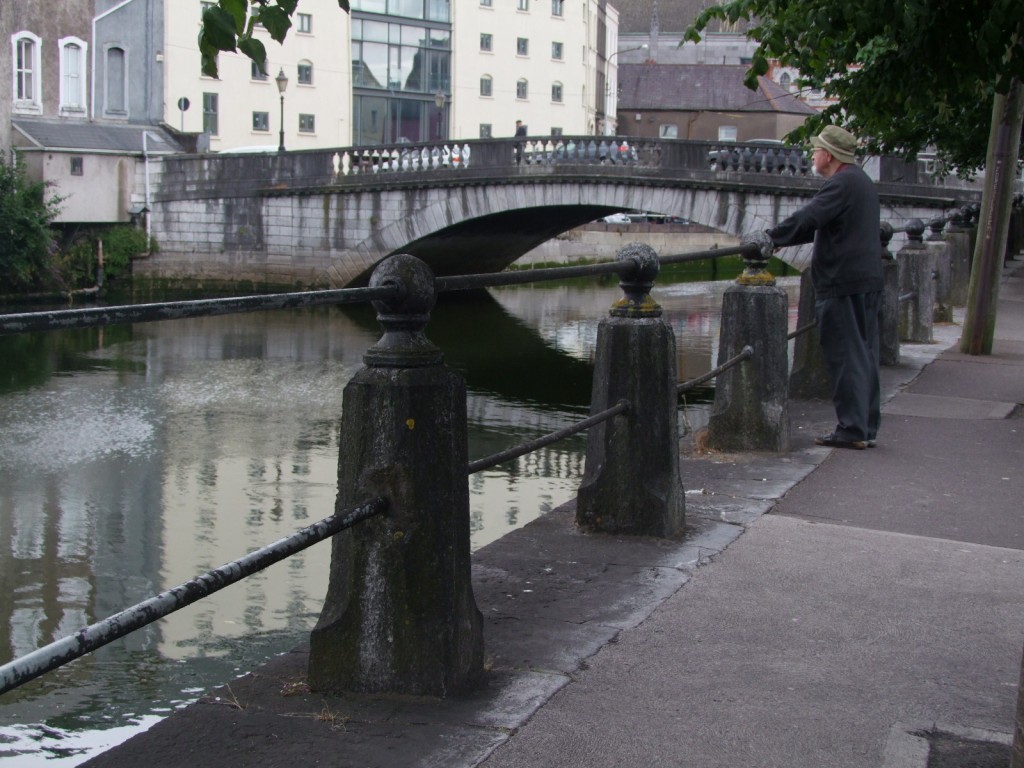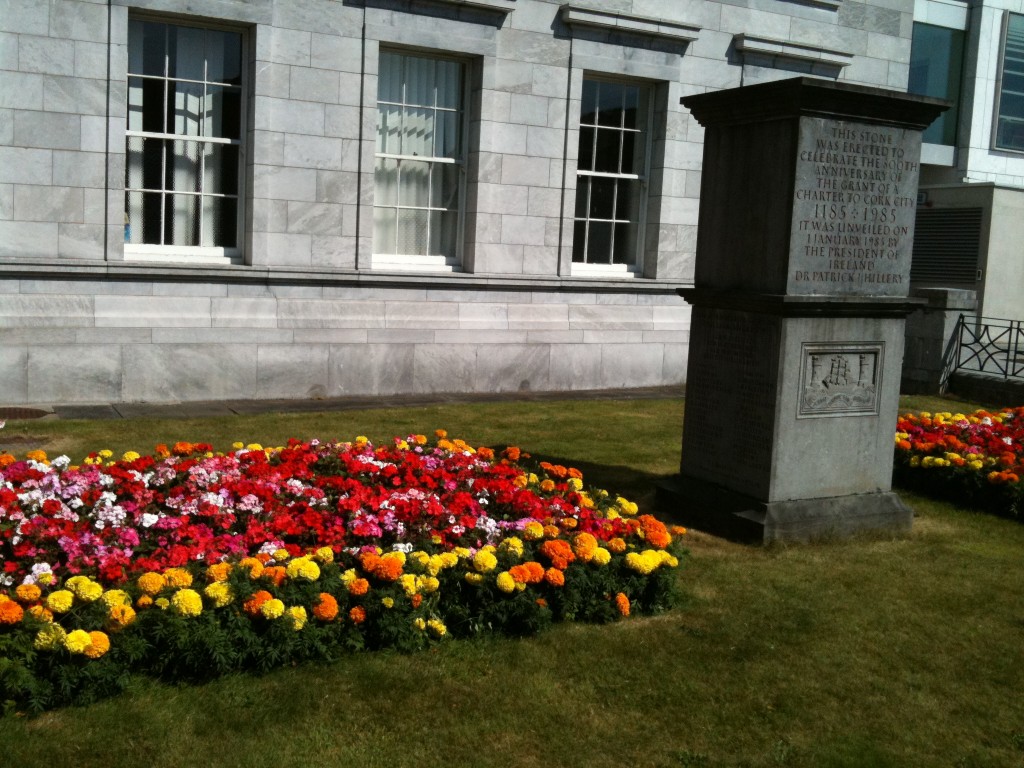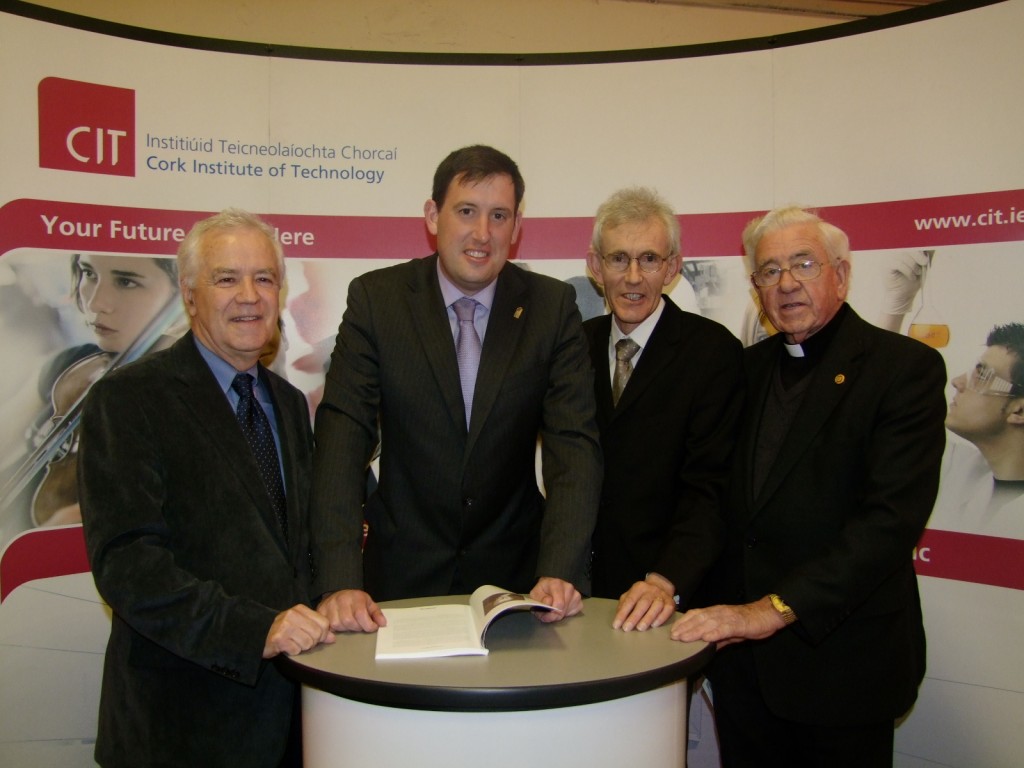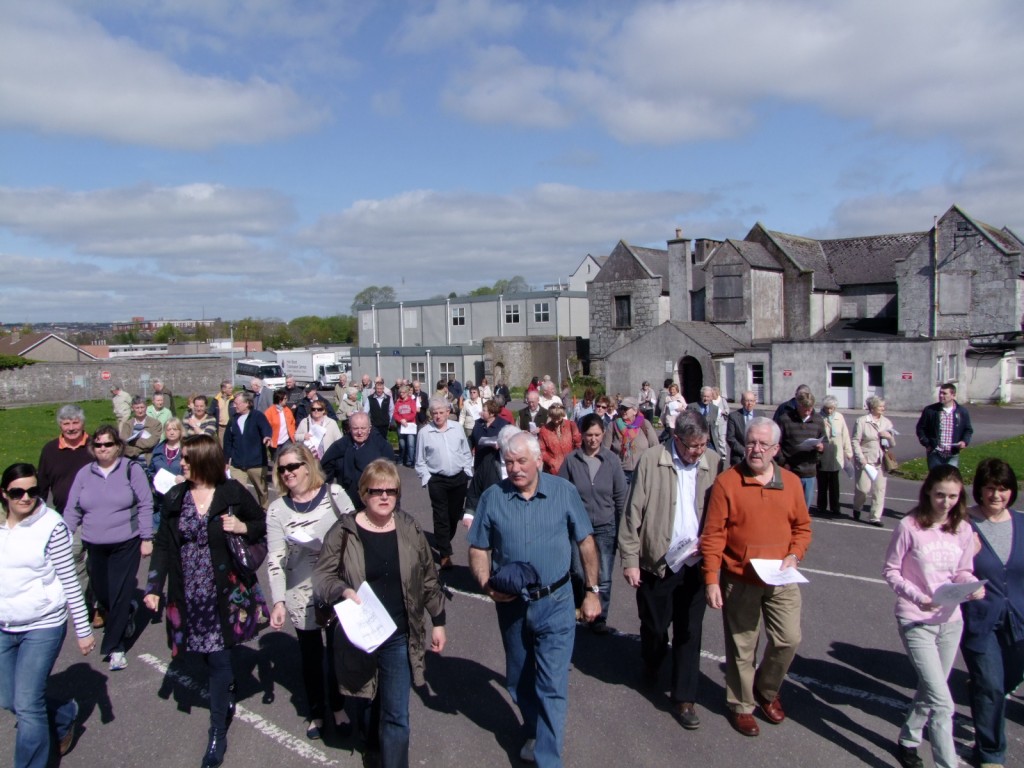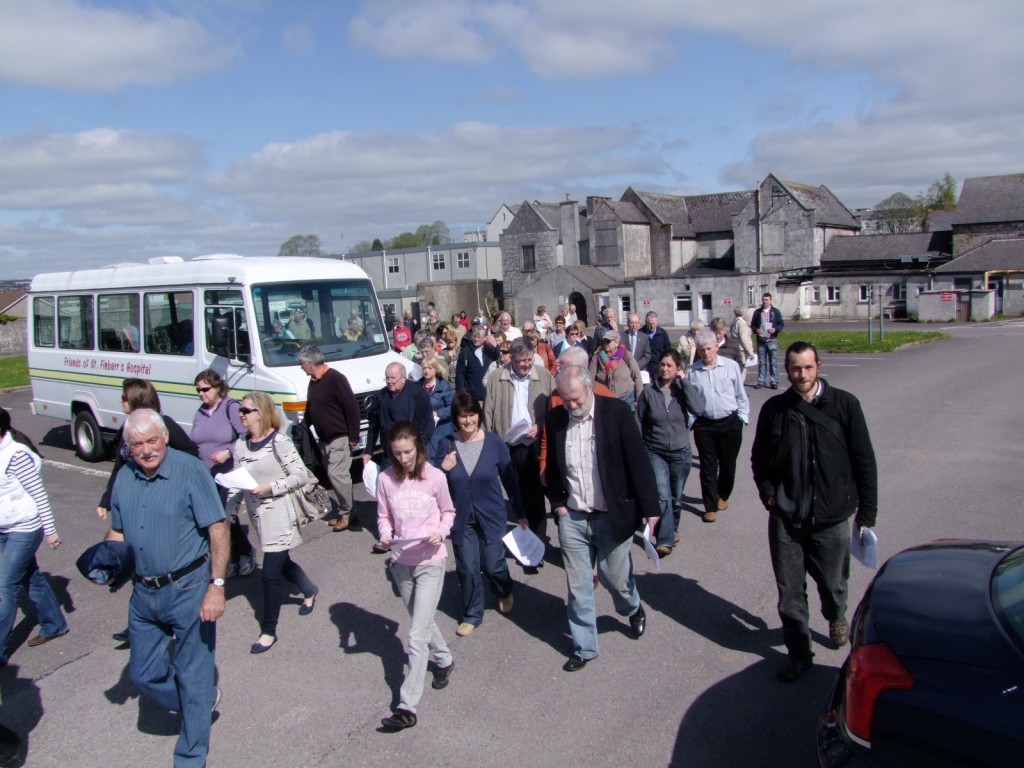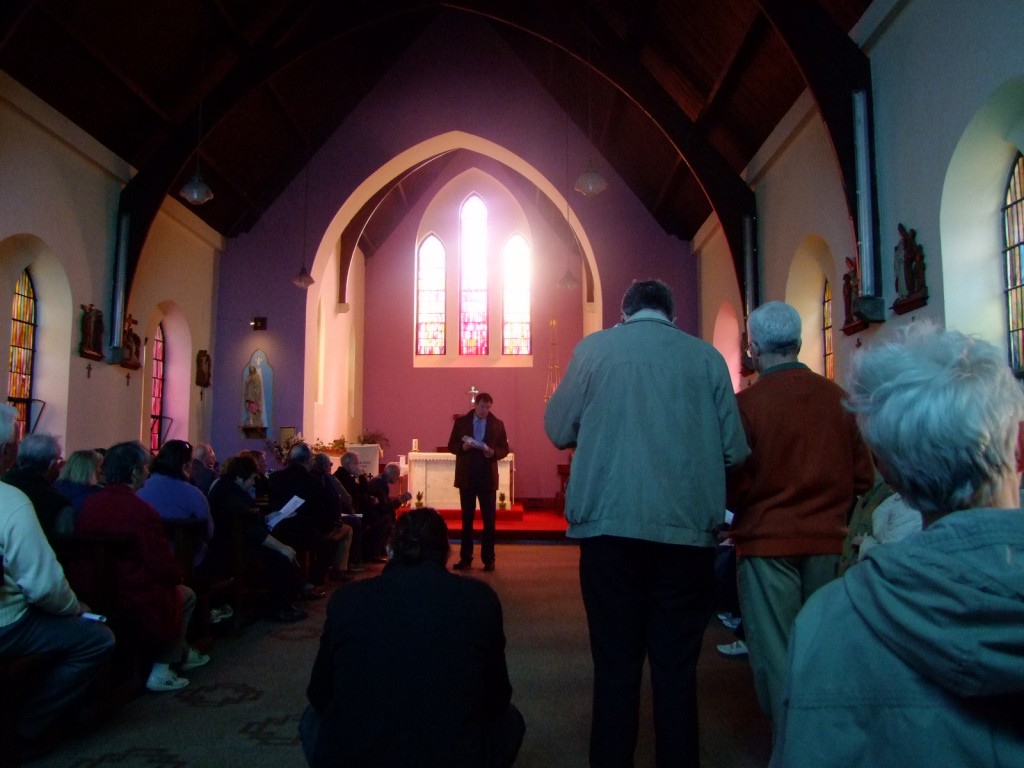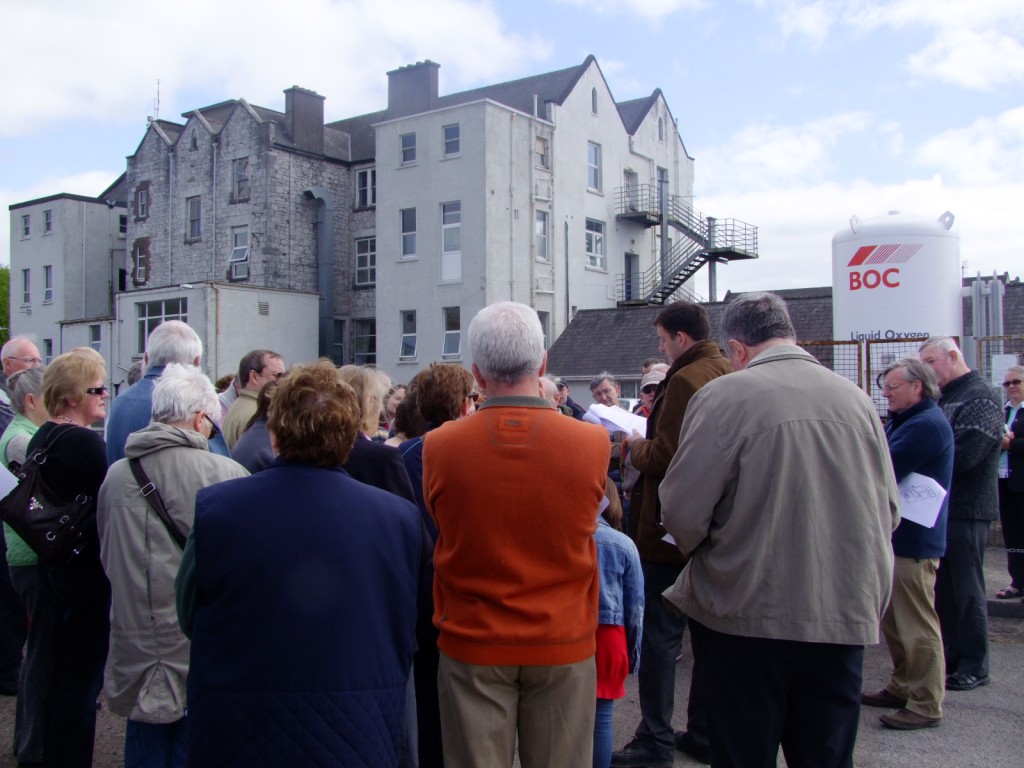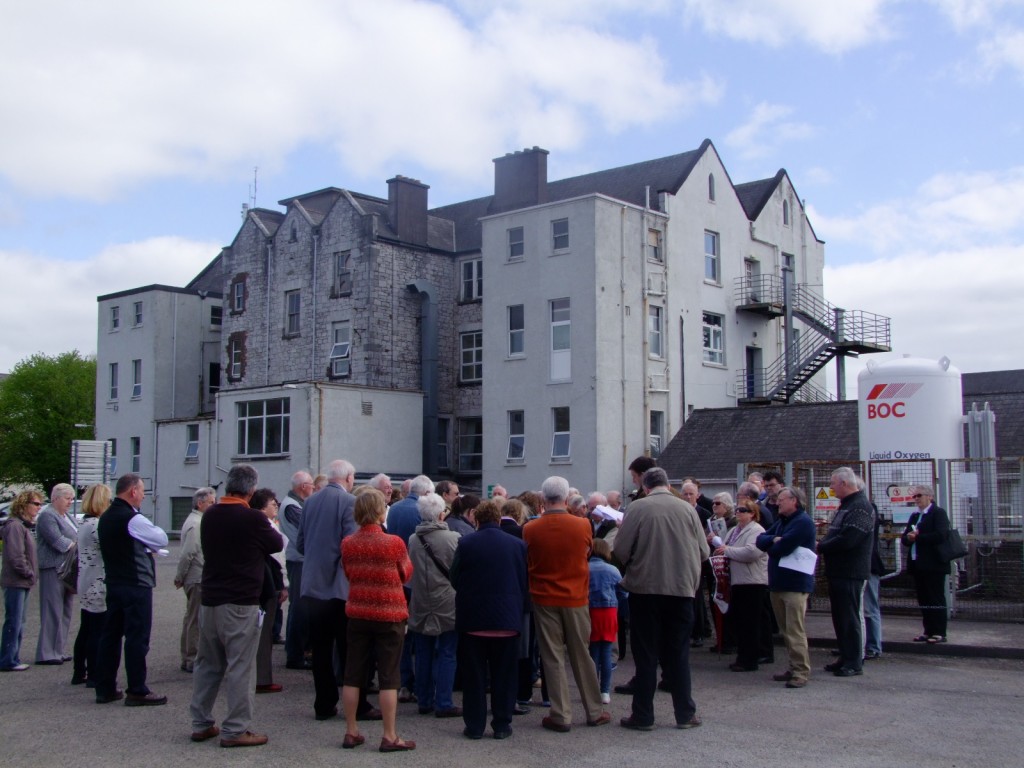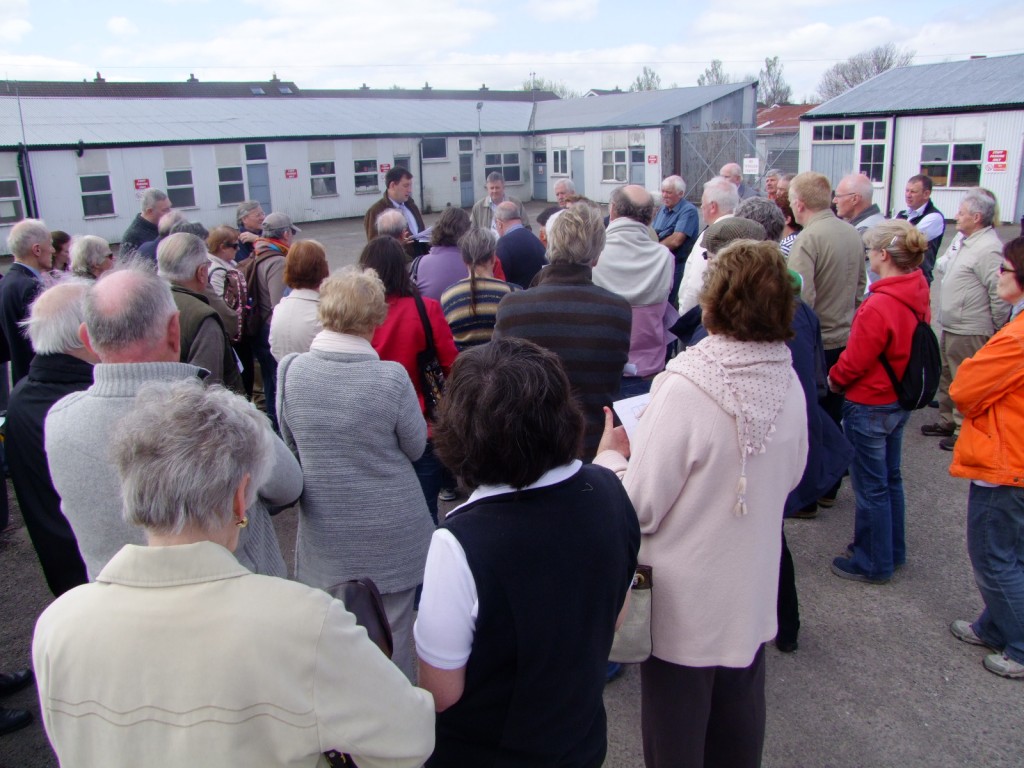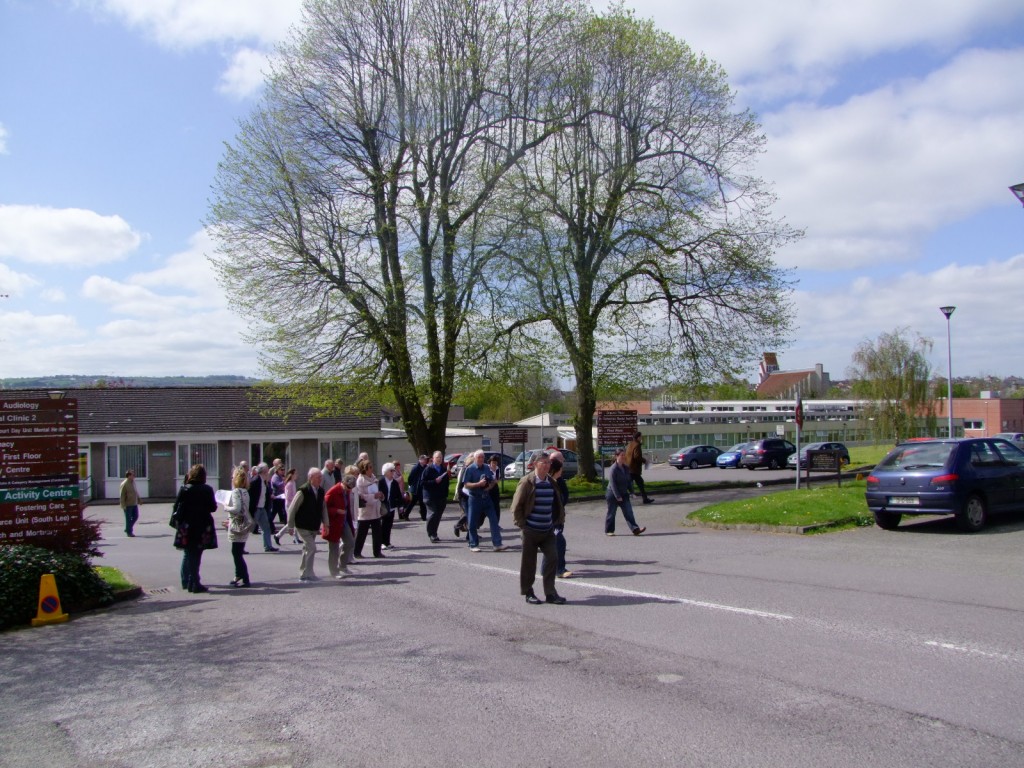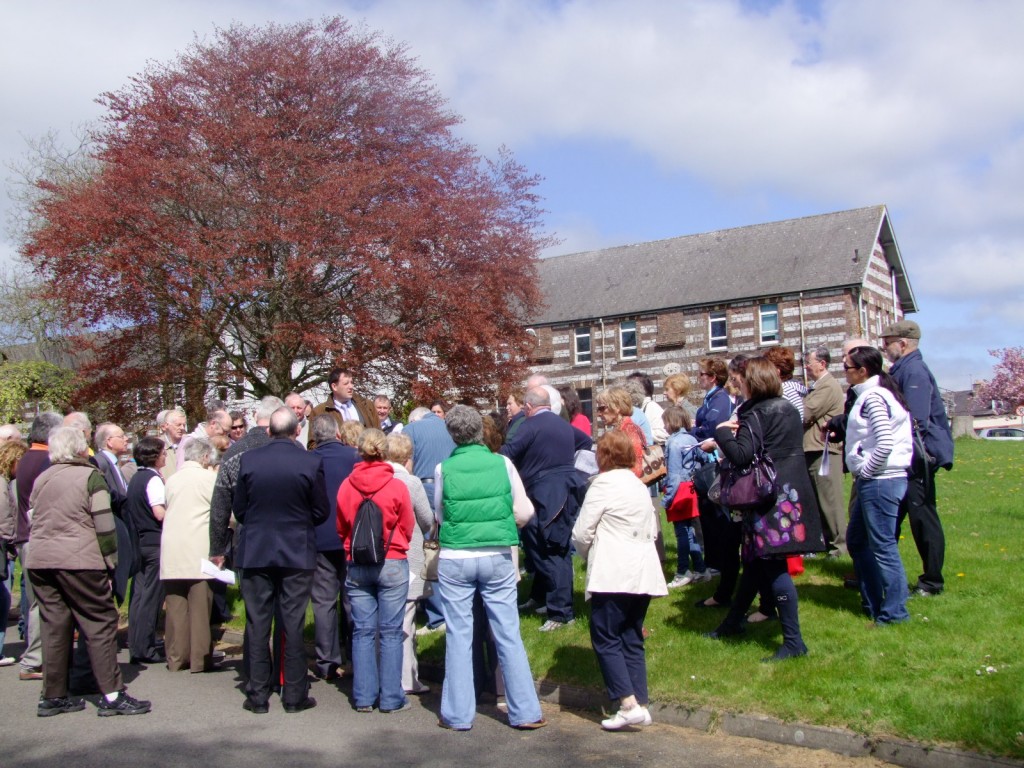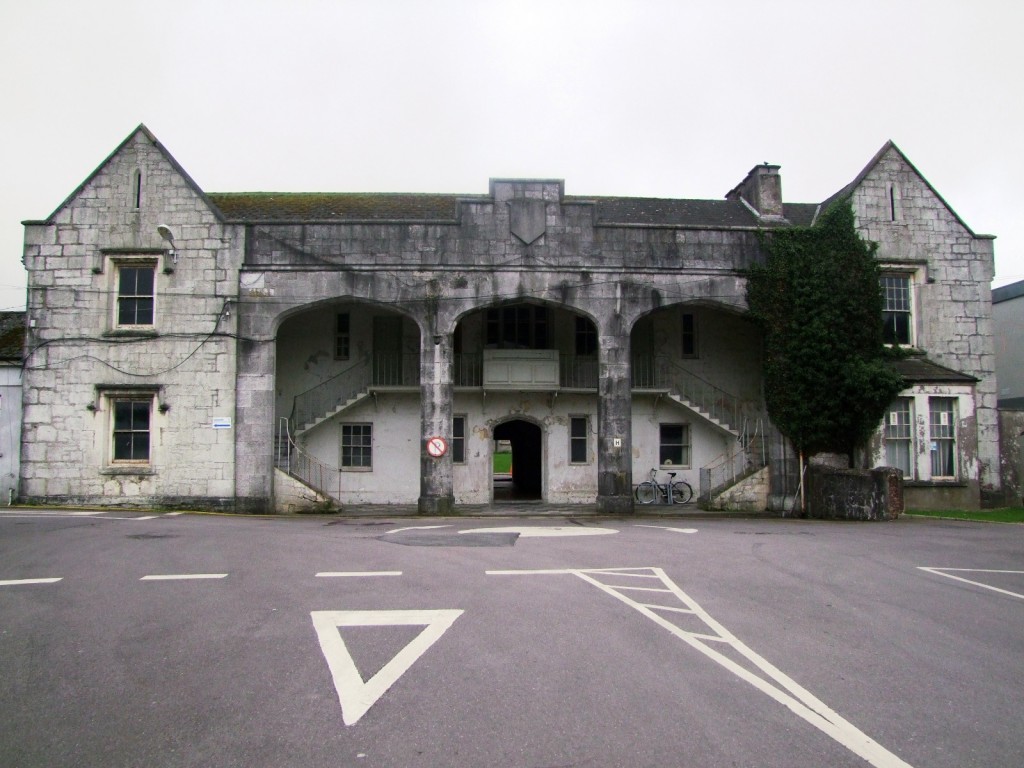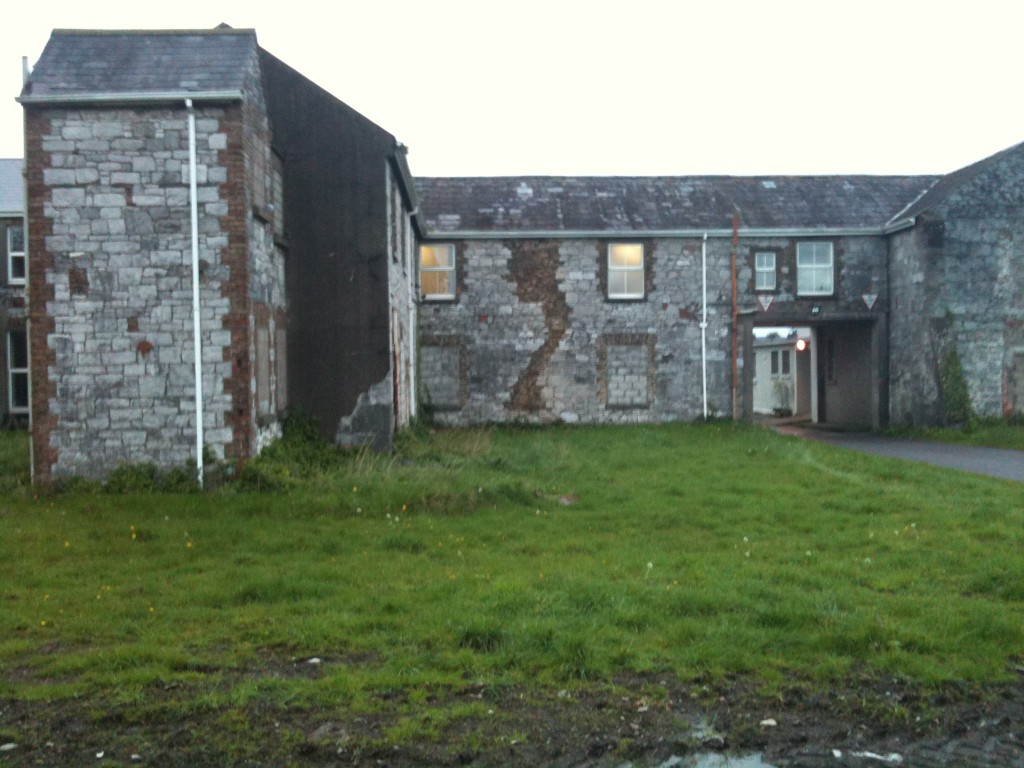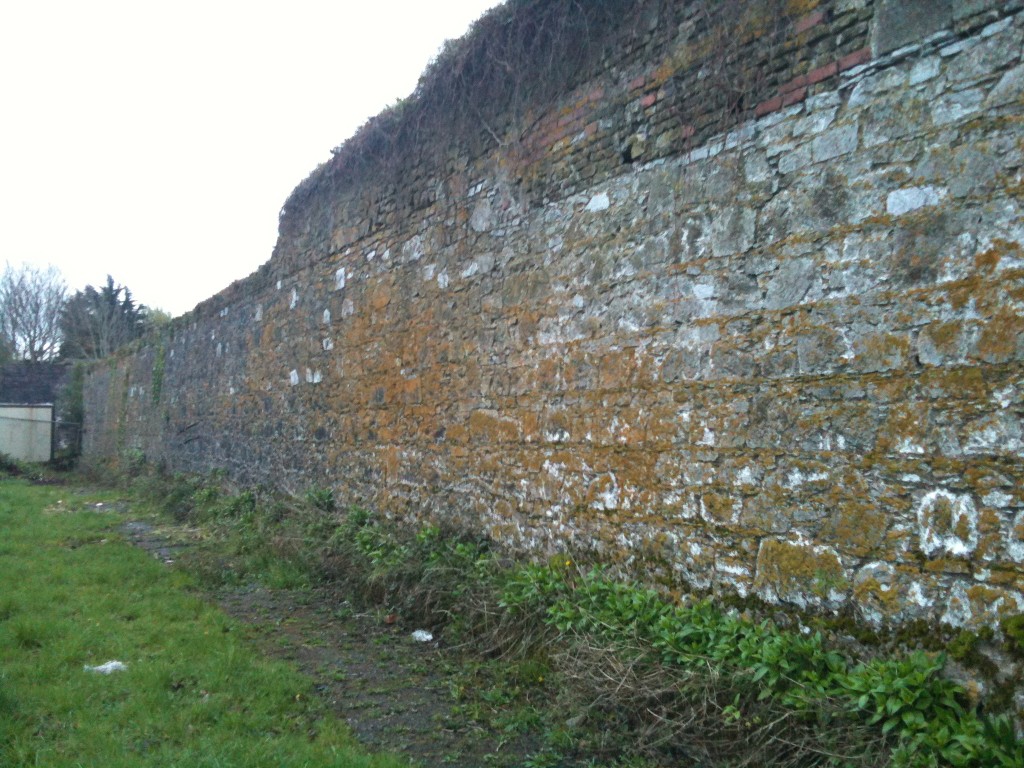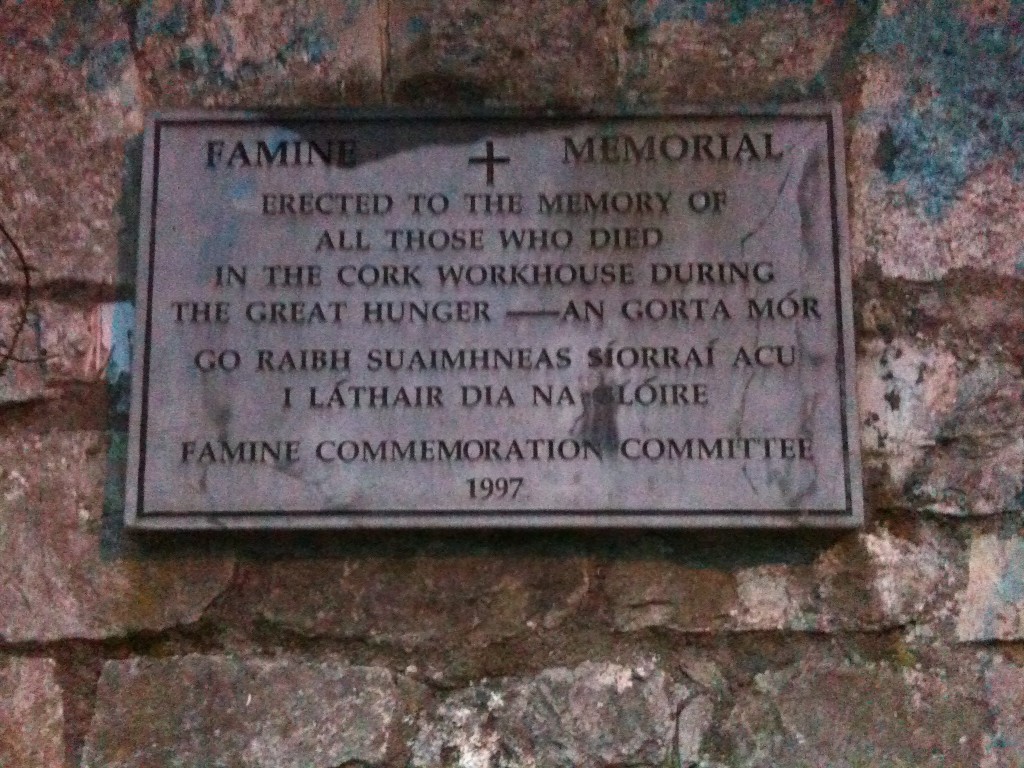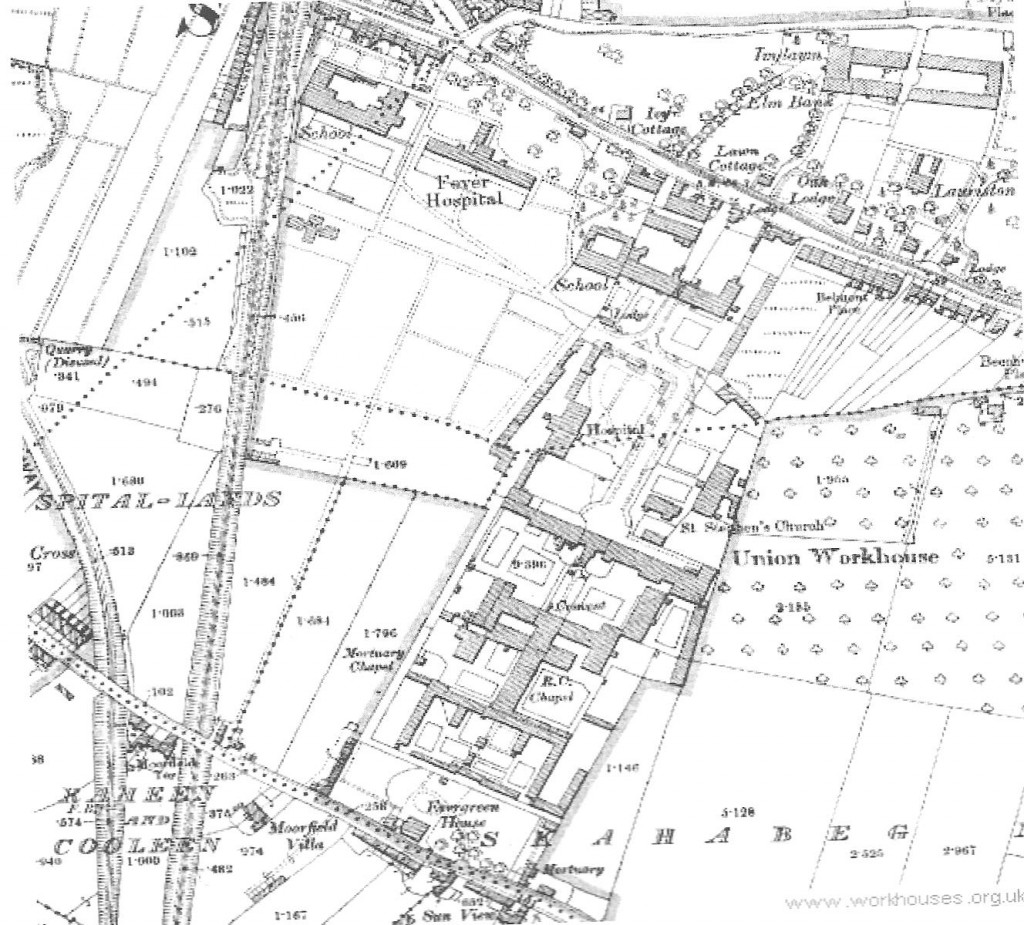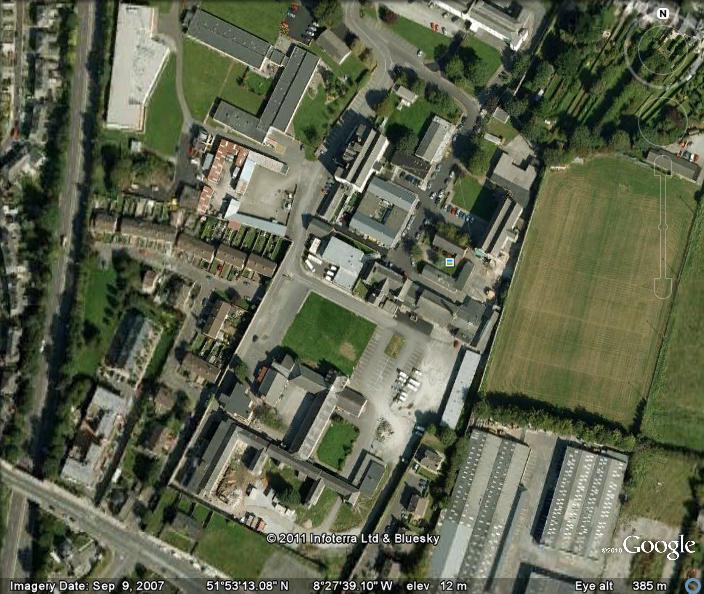I had the great privilege of deputising for the Lord Mayor at the Friends of Marymount Hospice luncheon today, well done to all)
(below is adapted from my speech notes)
I am a big fan of your organisation, your name goes before you in the Cork region. You are a strong organisation and have strong branches. These branched remain strong with your strong roots or foundations and your belief in what you do, which are regularly replenished by your and other fundraising efforts all in a bid to raise funding for St. Patrick’s Hospital and Marymount Hospice.
It has been 7 years since my own involvement in the book, A Dream Unfolding, which attempted to document the history of the hospital and hospice. It led the reader through a range of experiences and memories about how the various departments came into being. From Dr. Patrick Murphy’s request to the role of the Sisters of Charity to the construction of the hospital in 1870 to the expansion of the hospital in the 20th century. The book finished up at the outset of another dream or aspiration, that of a new hospice, which in the next couple of months will open. Since 2004, alot of things have changed for St. Patrick’s Hospital and Marymount Hospice – the selling of the convent, the moving on of the sisters and the upping of the ante of fundraising for the new facility at Curaheen.
But one thing hasn’t changed and that is the ethos of what needs to be done. Finance is essential but something I find very interesting is how so many people engage with the actual process of fundraising, the actual idea of active citizenship, the idea of taking ownership of a situation and trying to resolve it.
Ireland at the moment is going through a very tough economic phase in its evolution. And much effort is being put into rebuilding the economy whereas less effort is being put into rebuilding society. The country, yes, badly needs an economic plan but so do Irish communities.
We need leaders in our communities like yourselves to show us alternatives in our lives – to show part of our lives that perhaps we have never explored – to help us to connect to other people so perhaps each one of use at a minimum is illuminated by advice or a nugget of wisdom… and that we have the ability to be open minded to other people and other ideas. Ultimately, people do need direction, something to work toward.
Ultimately, I reckon when you think about your life, to live a happy productive on a minimum basis and whether we deem a need for them or not- We need to be listened to and to listen… we need to be inspired and to inspire… we need to be encouraged and to encourage… be empowered and to empower… be enabled by action and to enable action … we need to be cared for and to care.
All of us here have experience of those basic actions and their relevance in our own lives.
Our communities need a plan to create a better society, something that is better that what we left during the now mythic Celtic Tiger days. We need to take responsibility for part of this plan
We need realistic steps to achieve that. Friends of Marymount Hospice is a realistic project. All too often we hear about a general vision for Irish community life but ultimately we need engines…drivers like yourselves to move it forward.
Community leaders are like giant spotlights in the sky; they can and will continue to uphold human values for all to see and replicate, they can send out the message that we do need to care – care about something… to do something purposeful…to move yourself forward… to hone our personal talents, which we all have or even seek advice.
Today’s Society needs all of those traits in abundance.
The other thing that strikes me is the move from the old to the new building. There will be I have no doubt be a nervousness and anxiety and alot of patience needed. But I wish to quote Sr. Dolores who I worked with in 2004 on the book who noted in the foreword and I quote:
“There are places that are important to us as we journey through life and somehow they become sacred to us. When we look at the history of St Patrick’s Hospital/Marymount Hospice we sense this sacredness and we are immediately aware of the spirituality of the place. We are reminded of all the people, who, over the years journeyed to this place on the last stage of their pilgrimage in life and the families and friends who visited and supported them.
Today our Sisters and staff continue to keep Mary Aikenhead’s vision alive through the Mission Statement of St. Patrick’s Hospital/Marymount Hospice:
Inspired by Mother Mary Aikenhead:
We continue the healing ministry of Christ by our care
for all entrusted to us;
We cherish the uniqueness and dignity of each person;
We value and foster mutual respect and understanding;
We endeavour to continuously improve all aspects of our mission.”
Over the next couple of months, best of luck in your mission moving forward; another chapter begins, another legacy begins, history is being made but ultimately the need to do something and to care for humanity shines through.
I am delighted to be present at the luncheon.
…Thank you and best of luck going forward.
